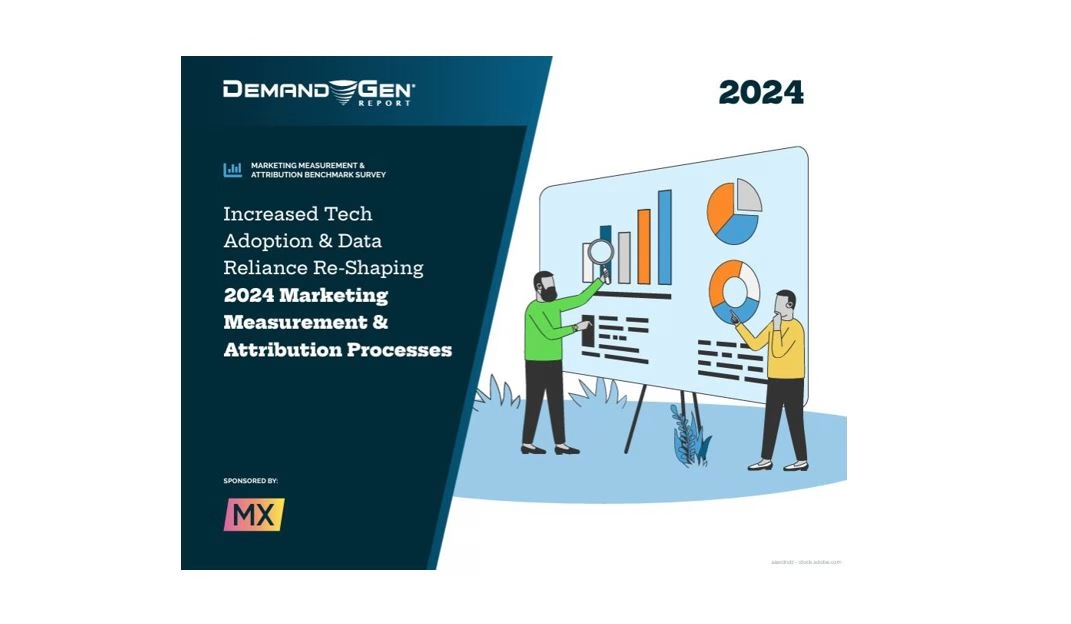How To Integrate Personas Into Your Organization — Part 3 Of 3

Share this story
In my previous two posts, I discussed the development of personas and how they can help align your marketing and sales teams. So, once you’ve done the work of developing your personas, what happens next? How do you make them part of your organization’s way of doing business day-to-day? How do you write sales proposals that resonate with your key personas? How do you ensure that your marketing team uses insights from your personas to guide strategic direction? Here are a few guidelines that’ll help.
It’s about integration, not distribution
If your plan is to put your personas in a binder and distribute them to your sales and marketing teams, then you’re just going to waste a bunch of time, money and trees! If you want your personas to become a meaningful part of your company, you need to look for ways to integrate them into daily marketing and sales activities.
Integration into Data Structure
Data is at the core of your marketing programs (or should be), driving your initiatives and decisions. You should segment and track this data by persona type. Data modeling will allow you to easily assign personas to the contacts in your marketing database based on title, company size and vertical, etc. In order to maintain this segmentation going forward, ask your sales people to assign a persona value in your SFA system. You should purchase any new data by persona type and assign the appropriate persona value as you load the data into your database.
Integration into the Sales Process
You should update all of your sales proposal templates to include key persona insights. When you roll out your personas, provide thorough training for your sales team, with persona insights incorporated into all training materials. It’s also critical to review all of your sales portals and quote generators and update them to require the selection of persona for each prospect.
Integration into the Marketing Process
Finally, you should update all internal and external briefs to include persona insights. Persona targeting should be at the core of every marketing campaign, so everyone working on the campaign knows who you’re targeting, what they care about and what the industry’s decision dynamics are. You’ll need to train your marketing team on the persona types and how to use them. This is the team that should own the persona initiative, and they should take the lead on fostering integration and adoption.
Let personas be your guide
The detailed customer insights uncovered during your persona development process will be a powerful guide as you plan customer journeys and develop content for your marketing and sales programs. When it comes to your core communications assets, you’ll need to make some decisions about targeting and priorities. For example, which of your personas should the home page of your site speak to? (It’s hard to speak effectively to all of them — that’s how you get an incoherent home page.)
There is, of course, always more to learn. As you put content into the market to meet the needs of your audiences, you’ll get invaluable feedback that will not only help you adjust your messaging, but also help you fine-tune your personas. Detailed tracking and measurement of all your marketing and sales initiatives is critical for effective ongoing implementation.
Create a new company culture
You aren’t giving a face and a name to a customer segment merely for convenience. These memorable archetypes will make it much easier for your organization to absorb and live with the buyer insights you’ve uncovered, and to change how it approaches the customer.
When someone in your organization is talking about the “customer,” they will now be talking specifically about “Larry Leader,” for example, who is: “a long-term thinker and final decision maker who looks for brand names and values customer service and support.” And your team can ask themselves at every juncture, “What would Larry think?” and the answer will both guide and validate the path forward.
It’s important to remember that while the critical adoption path will focus on the marketing and sales teams, every area of your company should have access to these insights, especially your product development, HR and customer service departments.
If you commit to the widespread adoption of personas and integrate them into the tools and processes that your teams use every day, you’ll be well on your way toward creating a company culture that puts the customer needs at the center of the conversation.


